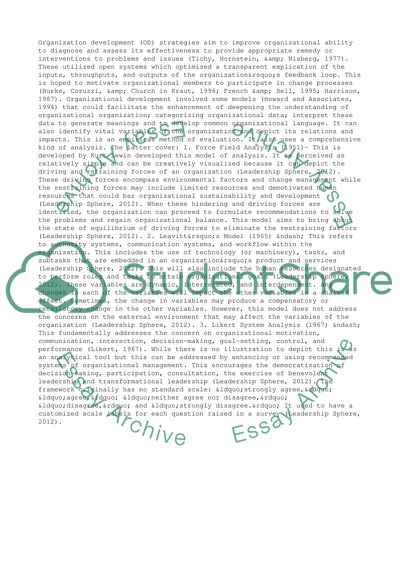Cite this document
(Behavioral Science Interventions for Organization Improvement Term Paper, n.d.)
Behavioral Science Interventions for Organization Improvement Term Paper. Retrieved from https://studentshare.org/management/1466508-bus599-integrative-project-mod-2-case-assignment
Behavioral Science Interventions for Organization Improvement Term Paper. Retrieved from https://studentshare.org/management/1466508-bus599-integrative-project-mod-2-case-assignment
(Behavioral Science Interventions for Organization Improvement Term Paper)
Behavioral Science Interventions for Organization Improvement Term Paper. https://studentshare.org/management/1466508-bus599-integrative-project-mod-2-case-assignment.
Behavioral Science Interventions for Organization Improvement Term Paper. https://studentshare.org/management/1466508-bus599-integrative-project-mod-2-case-assignment.
“Behavioral Science Interventions for Organization Improvement Term Paper”, n.d. https://studentshare.org/management/1466508-bus599-integrative-project-mod-2-case-assignment.


